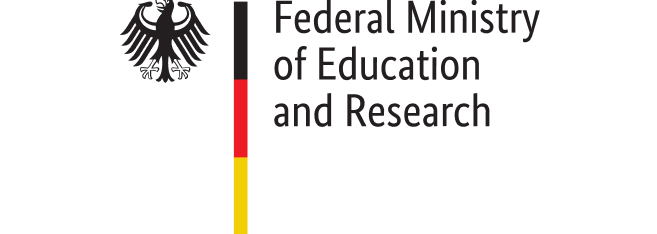European Journal of Radiology - 01 July 2022
AI-based prevention of interval cancers in a national mammography screening program
- Danalyn Byng et al.
Original Article: https://www.ejradiology.com/article/S0720-048X(22)00171-1/fulltext
Summary:
- The Mammography Reference Center North in Oldenburg, Germany and Berlin-based deep tech company Vara, provide the peer-reviewed findings of a large-scale study into the detection of interval cancers using AI.
- The study is based on the largest cohort of interval cancer cases to be assessed by an algorithm – the study researchers were primarily interested in understanding how many retrospectively visible cancers that were overlooked by radiologists could be detected and found by AI. 374 of the 2,396 interval cancers in the cohort were considered “false negative” and 468 “minimal signs”. When the algorithm was set at an operating level of 99% specificity (above the specificity of the screening program at 97%), it could detect and localise 27.5% (103) of the “false negative” and 12.2% (57) of minimal sign cancers. With decreasing specificity, more interval cancers could be detected. However, evaluating any AI at this specificity is necessary to demonstrate how AI can be brought into a screening program without inducing a detrimental impact on false positive rates. This is important to women participating in screening, as the emotional burden of a false-positive screening mammogram is high.
- What’s more, for some of the remaining cases (2.8%) in the cohort, the AI was able to identify where cancers would later appear in the breasts of women who initially showed no signs of malignancy, but later went on to develop cancer during the period between screening rounds.
- Like many European countries with an organized breast cancer screening programme, women in Germany between the ages of 50-69 are invited every two years for a mammogram. Among these women, some will have breast cancers found in the period between routine screening rounds. These cases are referred to as “interval cancers”.
- To be classed as a “true interval cancer”, the cancers have to have appeared for the first time in the 24 months between routine screening appointments. In these instances, the women exhibited no signs of malignancy during their last mammogram but went on to develop cancer in the interval before their next mammogram.
- Other interval cancers, known as minimal signs, refer to cases where there were early signs of cancer visible in a woman’s last mammogram, but because these signs were so subtle they were missed by the radiologists. “False negative” interval cancers are probably visible on previous mammograms but are missed by radiologists. These cases are in about 1 of 6 interval cancers and are deeply unfortunate, and a partly preventable aspect of breast cancer screening.
- The interval cancer rate is an important quality indicator for breast cancer screening. Compared to screen-detected cancers, interval cancers are more likely to have unfavorable prognosis, requiring more intensive treatment. Breast cancers detected earlier have better long-term outcomes and are easier to treat.
- The study’s findings represent an opportunity to detect more breast cancers at screening, and to potentially reduce the number of advanced breast cancers at diagnosis.
Authors:
Danalyn Byng, MSc1; Benjamin Strauch, MSc1; Linda Gnas2; Christian Leibig, PhD1; Oliver Stephan, Dipl.-Ing2; Stefan Bunk, MSc,1*; Gerold Hecht, MD2*
1Vara, Max-Urich-Straße 3, 13355 Berlin, Germany. 2Mammography Reference Center North (Referenzzentrum Nord), Heiligengeiststraße 28, 26121 Oldenburg, Germany. *SB and GH are co-senior authors.
Our Sponsors

The project on which these publications are based was funded by the Federal Ministry of Education and Research under grant number 01QE2002. The responsibility for the content of this publication lies with the author.